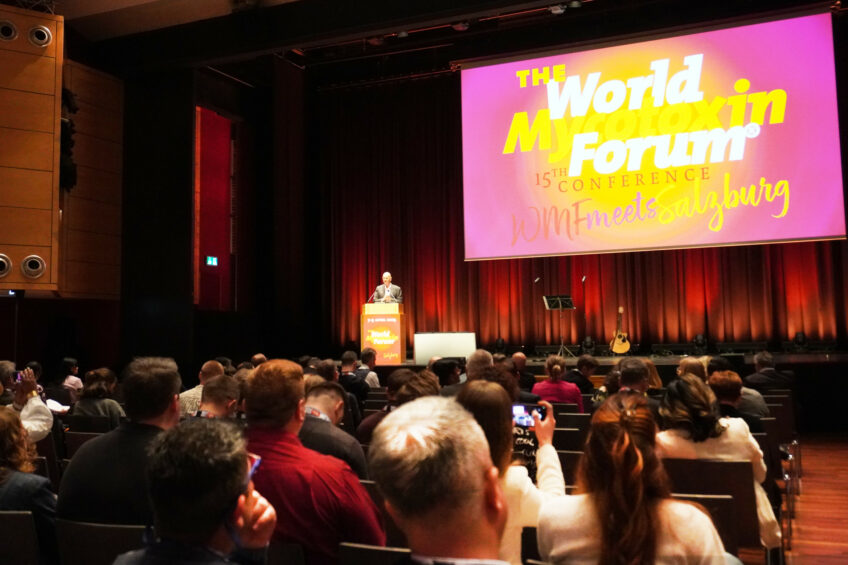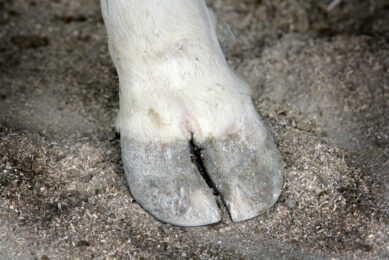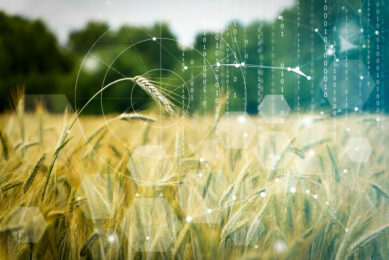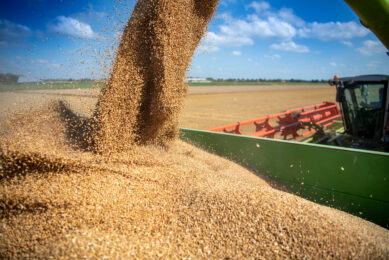Experts discuss mycotoxins, AI and climate change

Salzburg, Austria, best known as the birthplace of Mozart and backdrop to The Sound of Music, played host to the 15th World Mycotoxin Forum from 7-9 April. More than 400 scientists, industry experts, and policymakers from around the globe gathered to share insights and discuss the latest research, innovations, and regulatory developments surrounding mycotoxins.
WMFmeetsSalzburg took place near the world-famous Mirabell Gardens in the heart of Salzburg, a city steeped in history and music. Just a short walk away lies the birthplace of Wolfgang Amadeus Mozart, whose untimely death has long been the subject of speculation. While theories range from poisoning by a jealous rival to psychosomatic illness, one of the more unusual rumours links his death to mycotoxin poisoning, making Salzburg a fitting setting for a conference devoted to these toxic compounds.
Building a resilient food and feed system
This year’s World Mycotoxin Forum focused on the theme ‘Building a resilient food and feed system in the digital decade: challenges for mycotoxin research and management’. Over 3 days, attendees engaged in a packed programme of sessions, workshops, interactive debates, and networking events.
“We will be discussing the important role of artificial intelligence in mycotoxin management and research,” said Prof. Rudolf Krska from BOKU Vienna, Austria. “The pros and cons will be explored throughout the forum.”
World Mycotoxin Forum rocks
This year’s forum opened with an unexpected musical twist. General Conference Chair Prof Krska and Lidija Kenjeric from the University of Natural Resources and Life Sciences welcomed participants with a rendition of Edelweiss, followed by a playful original performance titled The Mycotoxin Rock. The light-hearted moment was a great way to kick-off the forum before participants immersed themselves into the world of mycotoxins.
Science or scAInce
The first speaker to take the floor was Prof Thomas Hartung from the Department of Health and Engineering at Johns Hopkins University in the US. He opened with a bold statement: “AI is changing everything. We see a dramatic appearance of AI in all walks of life because there is a synergy of 3 exponential growth curves: data, computing power, and AI itself.”
Hartung explained that while AI is indeed transformative, boosting productivity and enabling rapid information retrieval, it comes with limitations, including risks of plagiarism, data bias, and incomplete datasets. “There is a treasure trove of data available,” he said. “AI is making big sense from big data with big computers.”
Dr Alan Inglis from Maynooth University, Ireland, echoed the promise – and the pitfalls – of AI in his presentation on AI-driven mycotoxin detection. He noted that traditional detection methods such as LC-MS and ELISA produce reliable results, but they are slow and yield large, complex datasets that require time-consuming analysis.
Machine learning
Machine learning offers a powerful alternative. Machine learning and AI can process complex data from weather, spectral, and genomic sources more quickly and cost-effectively, opening the door to early warning systems at the farm level. However, Inglis also offered a cautionary note: while some models show high predictive accuracy (> 90%), they may suffer from overfitting, he also noted that training and test data often originated from the same laboratory.
“Why does this matter?” he asked. “Because these models are being deployed as state-of-the-art, but they may not be deployable.” He warned of a growing risk of false confidence in so-called “field-ready” models, and concluded with a call for more robust and transparent practices in AI research:
- Transparent reporting to ensure integrity;
- External validation of models or hold-out datasets;
- Future reviews that include reproducibility audits, not just performance metrics.
Climate change
The impact of climate change is emerging as one of the most pressing concerns within the mycotoxin research community. In her presentation, Dr Claudia Foerster from O’Higgins University in Chile highlighted the strong link between climate dynamics and fungal activity. “Climate change is one of the most important factors influencing fungi and their ability to colonise crops, survive, and produce toxins,” she said.
Fungi can contaminate food and feed in situations of stress in plantations, and humidity in storage which in turn affects mycotoxin occurrence in the food chain. South America has experienced extreme weather events and changes in temperature in the last two years, which has increased the risk of mycotoxin contamination, Foerster explained.
Rise in aflatoxins
Chile, Argentina and Uruguay are accustomed to Fusarium-related contamination, particularly deoxynivalenol, fumonisins and zearalenone, but this is expected to change – there will be a rise in aflatoxins. “We are not used to aflatoxins and we must be prepared,” she added.
Aflatoxin B1 in particular poses severe risks to livestock. According to Dr Jog Raj of Patent Co. in Serbia, the toxin causes liver damage, abortion, and reduced feed intake in swine, while in poultry, it lowers body weight and contributes to blood coagulation disorders. In ruminants, it has carcinogenic effects and leads to decreased milk production.
Collaboration is key
A recurring message throughout the forum was clear: tackling mycotoxins effectively requires collaboration at every level. Prof. Chiara Dall’Asta from the University of Parma, Italy, underscored this in her presentation, stressing the need for open data science initiatives and large-scale collaborative studies. Similar sentiments echoed across multiple sessions.
One thing is certain, this is a perfect storm: extreme weather events, geopolitical conflicts and economic instability are turning food and feed safety into a high-stake game. Ensuring food safety demands more than just scientific innovation, it requires shared responsibility. Good quality, open-access data is essential to identifying risks and reducing the impact of mycotoxins across the entire food and feed chain.
Reflective note
Prof. Michele Suman from Barilla closed the forum on a reflective note. He shared a final slide asking what defines a truly interdisciplinary community, one that has grown stronger over the years through scientific collaboration and mutual friendship and has risen to meet the complex global challenges posed by mycotoxins. His final image: the World Mycotoxin Forum, symbolising the spirit of unity and shared purpose that defines this global gathering.
Join 13,000+ subscribers
Subscribe to our newsletter to stay updated about all the need-to-know content in the dairy sector, two times a week.










